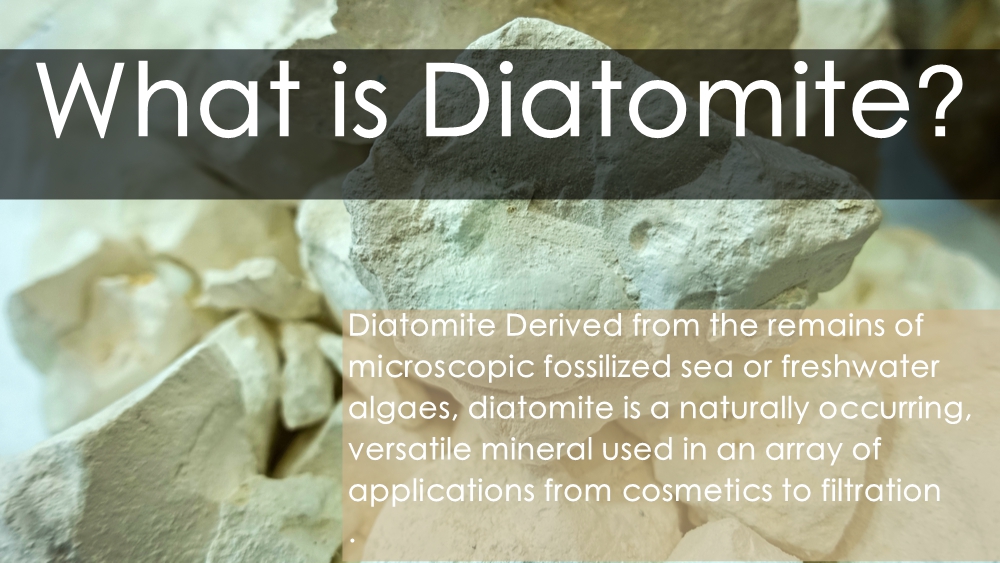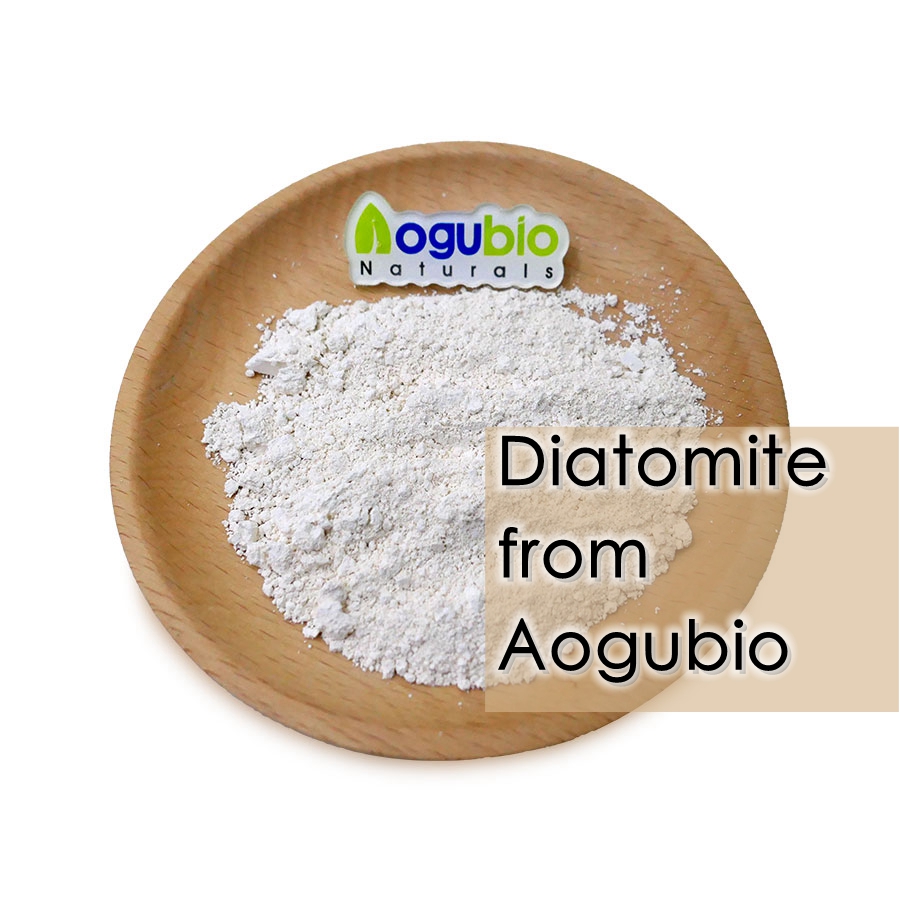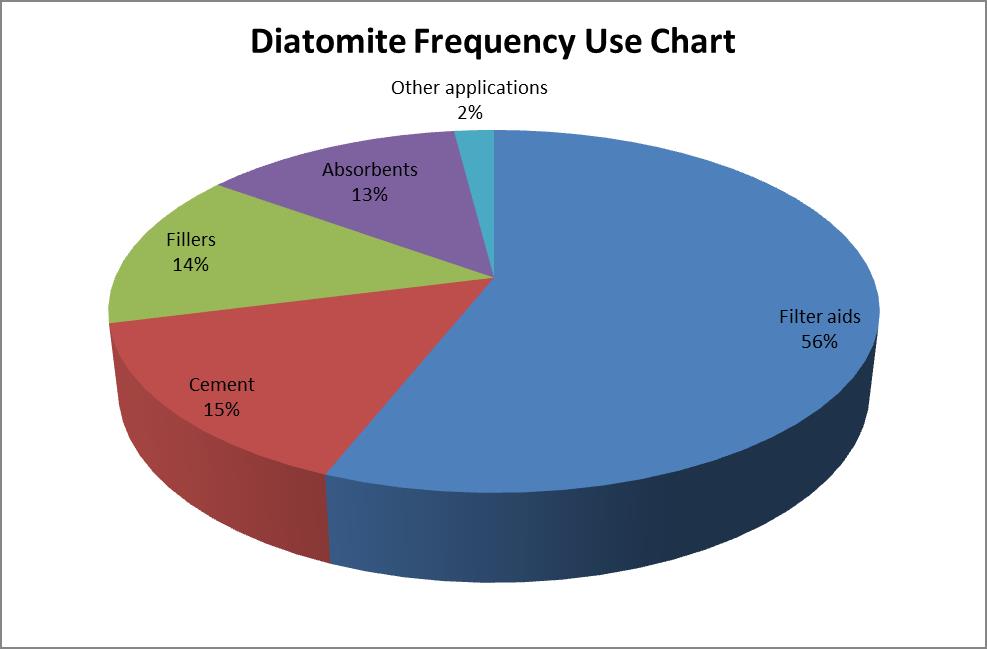

Diatomaceous earth, commonly known as mountain flour, fossil powder or radiolaria powder, is a biogenic siliceous sedimentary rock, mainly composed of siliceous remains of diatoms and other microorganisms. There are many English translations, which appear in newspapers and periodicals: Tripoli, Tripolite, TripoliEarth, Tripoli-Powder, Diatomite.
Diatomite is a friable light-colored sedimentary rock that is mainly composed of the siliceous skeletal remains of diatoms. It is a very porous rock with a fine particle size and a low specific gravity. These properties make it useful as a filter media, an absorbent, and as a lightweight filler for rubber, paint, and plastics. When diatomite is crushed into a powder, it is usually called "diatomaceous earth," or D.E. Diatomite Derived from the remains of microscopic fossilized sea or freshwater algaes, diatomite is a naturally occurring, versatile mineral used in an array of applications from cosmetics to filtration.
The main chemical component of diatomaceous earth is silicate. The content of SiO2 is one of the indicators of the content of diatoms in diatomite ore, and high SiO2 is of good quality. Diatomaceous earth contains 1%~5% water, and the water loss temperature of colloidal water is 110~250 °C
Uses of Diatomite and Diatomaceous Earth
Diatomite is often used as an additive in the manufacture of portland cement. High-quality diatomite contains over 80% silica, and it is added to the cement-making process to boost the silica content of the product. Diatomite straight from the mine is crushed and blended with the limestone, shale, or other materials being used to make the cement.
The four main uses of diatomite in the United States during 2017 were filtration (50%), light aggregate (30%), fillers (15%), and absorbents (5%). The properties of diatomite that make it useful in these applications are listed below.
- Small particle size
- High porosity
- High surface area
- Relatively inert siliceous composition
- Low specific gravity

Post time: Apr-19-2023




